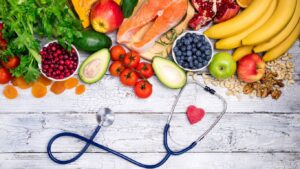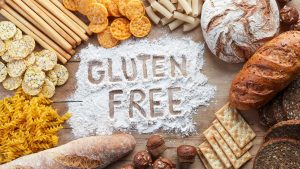What is fibre?
Fibre is the part of plant foods that passes through the body without being fully digested. You might wonder why we need it if it’s not digested, but dietary fibre plays an essential role in maintaining a healthy digestive system and supports overall wellbeing. It is found in fruits, vegetables, grains, nuts, beans and legumes. There are three main types of fibre, each with unique health benefits. To gain the full advantages, it’s best to include all three types in your diet:
- Insoluble Fibre
· Adds bulk to stools, helping prevent constipation. Foods high in insoluble fibre include fruits, vegetables, nuts and wheat bran. - Soluble Fibre
· Helps lower LDL (‘bad’) cholesterol and stabilise blood sugar levels. Soluble fibre can be found in oats, psyllium and dried beans. It slows digestion, helping you feel full for longer. - Resistant Starch
· Supports the growth of good bacteria in the large intestine and promotes bowel health. Potatoes, lentils, whole grains and unripe bananas all contain resistant starch.
Easy ways to eat more fibre:
· Add legumes such as lentils, chickpeas or mixed beans to soups, stews and curries, replacing half the meat. This adds over 10g of fibre and is an affordable, nutritious choice. Always rinse legumes before eating.
· Sprinkle chopped nuts, chia seeds, LSA mix or pepitas on porridge, salads or yoghurt. One tablespoon can add up to 4g of fibre to your day.
· Swap white bread, rice and pasta for wholemeal or whole grain versions to at least double your fibre intake. Microwavable brown rice pouches are a quick and easy option.
Checking the label for fibre
· When comparing similar foods, check the fibre content in the ‘per 100g’ column and choose the product with the higher amount.



